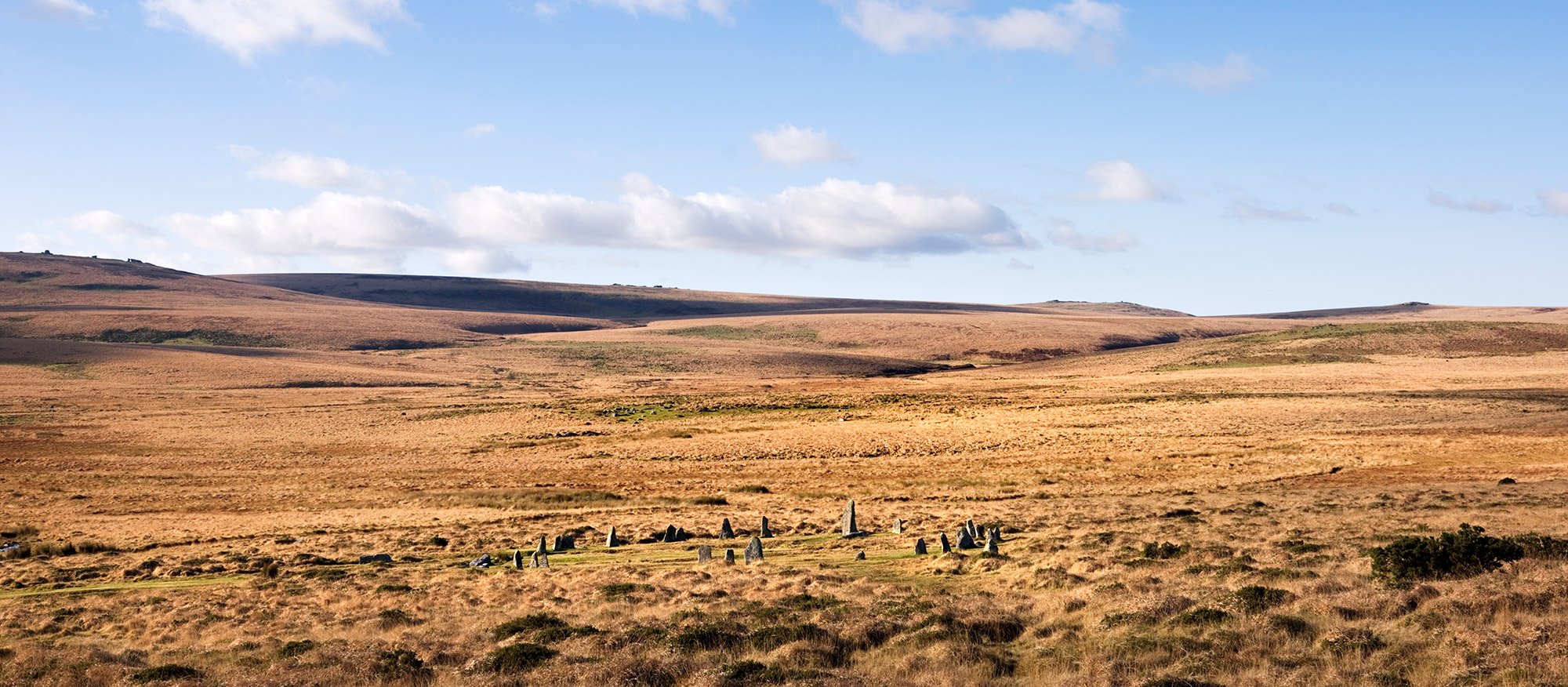Scheduled Monuments
Scheduling is our oldest form of heritage protection. It began in 1913, although its roots go as far back as the 1882 Ancient Monuments Protection Act, when a 'Schedule' (hence the term ‘scheduling’) of almost exclusively prehistoric monuments deserving of state protection was first compiled.
You can search for scheduled monuments on the List.
Although we carry out our own programme of scheduling work, anyone can nominate a site to be scheduled. In both cases we make a recommendation to the Secretary of State for Culture, Media and Sport (DCMS) and they make the final decision as whether a site should be scheduled or not.
What is scheduling?
Scheduling is the selection of nationally important archaeological sites. Although archaeology is all around us, scheduled sites form a carefully chosen sample of them, which are closely managed.
While some change may be possible, there is a presumption that they will be handed on to future generations in much the same state that we have found them. Scheduling derives its authority from the Ancient Monuments and Archaeological Areas Act of 1979.
Our scheduling selection guides explain our approach to scheduling. For archaeological sites and monuments they are divided into categories ranging from Agriculture to Utilities and complement the listing selection guides for buildings. In each guide, a historical introduction is followed by a consideration of protection issues, together with sources of further information.
What can be scheduled?
Scheduled monuments are not always ancient, or visible above ground. There are over 200 categories of monuments on the schedule, and they range from prehistoric standing stones and burial mounds, through to the many types of medieval site - castles, monasteries, abandoned farmsteads and villages - to the more recent results of human activity, such as collieries.
Scheduling is applied only to sites of national importance, and even then only if it is the best means of protection (see 'Alternatives to Scheduling' below). Only deliberately created structures, features and remains can be scheduled. There are almost 20,000 scheduled monuments on the List. Scheduling is reserved for carefully selected sites, which create a representative sample of sites from different epochs.
What are the criteria for national importance?
Decisions on national importance are guided by the Principles of Selection laid down by the Secretary of State for Culture, Media and Sport, covering the basic characteristics of monuments. They are:
- Period
- Rarity
- Documentation/Finds
- Group value
- Survival/condition
- Fragility/vulnerability
- Diversity
- Potential
See the Department for Culture, Media and Sport's publication Scheduled Monuments & nationally important but non-scheduled monuments (October 2013) for further information. The vast majority of archaeology is managed at local level through the planning system.
How will scheduling affect me?
If you are the owner of a scheduled monument (or are acting on behalf of the owner) and you wish to carry out works to the monument, you will need to apply for prior written permission from the Secretary of State for Culture, Media and Sport. This is for works either above or below ground level. The procedure is known as Scheduled Monument Consent or SMC. 'Works' are defined by the 1979 Act as demolishing, destroying, damaging, removing, repairing, altering, adding to, flooding or tipping material onto the monument.
To avoid the possibility of damaging a monument, and therefore carrying out unlawful works, you are strongly advised to consult us while in the early planning stages of any intended works.
Certain development works to your property may require planning permission from your local authority, but obtaining such permission does not remove the need for Scheduled Monument Consent.
What can I do with my land if there is a scheduled monument on it?
Scheduling does not affect your freehold title or other legal interests in the land. If a monument is scheduled this does not give the general public any new rights of public access. A good general rule with archaeological sites is the less disturbance of the ground the better.
Scheduling does not imply that monuments are being poorly managed or that they are under threat and it does not impose a legal obligation to undertake any additional management of the monument. If required, we may be able to help you with expert advice, often from our locally based Heritage at Risk Project Officers.
You can download our Scheduled Monuments: A Guide for Owners and Occupiers 2013 guide for further information on scheduled monuments.
Alternatives to scheduling
Even nationally important sites are scheduled only if this is the best means of protecting them. Our approach is set out in our Scheduling Selection Guides. Sometimes, for example in town and city centres, the most practical way to protect sites - from building development and road schemes - is to use the system of local authority control over planning applications. The planners can make sure that development proposals take archaeology fully into account.
Buildings and standing structures of historic interest are also generally best protected by listing. Our aim is to set the most appropriate form of protection in place for the building or site.
Listing Helpdesk
-
Email
[email protected]
-
Address
EC4R 2YA





